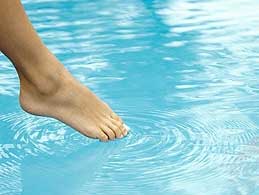Joyful, Useful Skin Massage
Snappy massage therapists used to make fun of “skin massage”, using it as a stand-in for a massage of no connection, a mere application of oil, an unmemorable massage of no consequence. But hey, snappy aside, there is a really awesome aspect to skin massage worth thinking about – and doing. Here we are dealing […]






